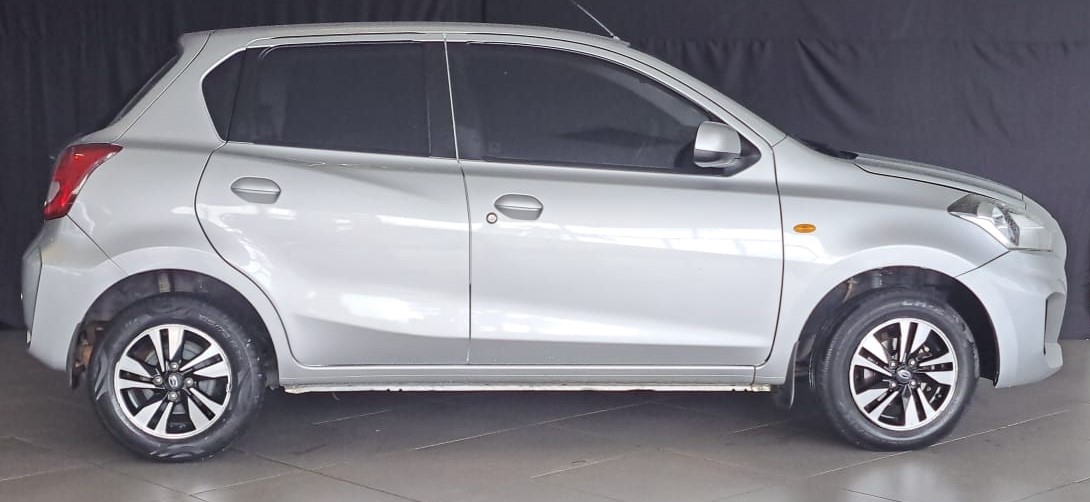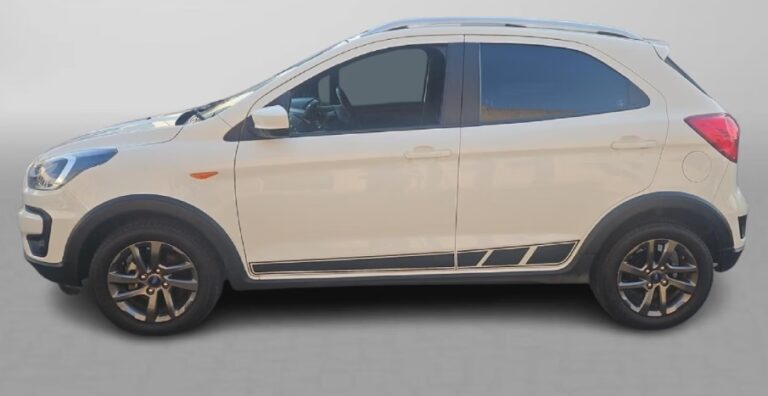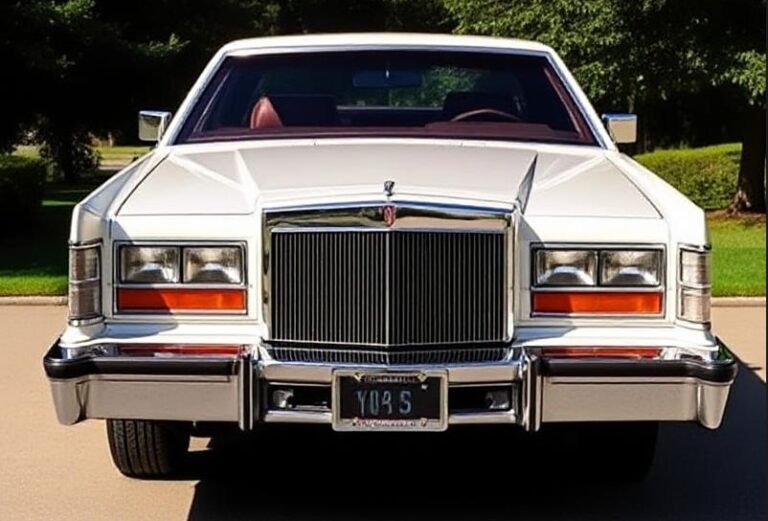The Evolution of the Datsun GO
The Datsun GO represents a significant chapter in the history of Nissan’s budget-friendly brand, Datsun, which was revived in 2013 to cater to emerging markets with affordable, compact vehicles. Since its debut, the Datsun GO has undergone several evolutions, with various models, trims, and updates aimed at improving performance, safety, comfort, and appeal. This article chronicles the comprehensive development of the Datsun GO from its inception to the present, detailing production years, model variants, and trim levels.
Introduction and Background
Datsun, originally a Japanese automaker founded in 1931, was a key player in the global automotive scene before being phased out in the early 1980s. The brand was revitalized in 2013 by Nissan to target emerging markets—particularly India, Indonesia, Russia, and South Africa—by offering affordable, reliable vehicles. The Datsun GO was introduced as the flagship model of this revival, designed to meet the needs of budget-conscious consumers without sacrificing essential features.
First Generation Datsun GO (2014–2019)
Launch and Initial Production:
The Datsun GO was officially launched in India in March 2014, marking the brand’s return to the market after a three-decade hiatus. The vehicle was developed with a focus on affordability, simplicity, and practicality, targeting first-time car buyers and urban commuters.
Design and Platform:
Built on the Nissan V platform, the GO featured a compact hatchback design with a modern, aerodynamic exterior and a functional interior. Its lightweight construction aimed to optimize fuel efficiency and ease of maneuverability in crowded city environments.
Powertrain and Performance:
Initially, the Datsun GO was powered by a 1.2-liter 3-cylinder petrol engine producing approximately 67 horsepower and 104 Nm of torque. It was paired exclusively with a 5-speed manual transmission, emphasizing cost-effectiveness.
Model Variants and Trim Levels (2014–2019):
India Market:
The initial launch in India offered two main variants:
- Datsun GO Standard: Basic features, manual windows, no radio, manual air conditioning.
- Datsun GO T (Top): Included additional features like air conditioning, better audio system, power steering, and updated interior trims.
Over time, higher trims and special editions were introduced, including:
- Datsun GO T (Optional): Additional convenience features like power windows.
- Limited Editions: Featured cosmetic upgrades such as decals, alloy wheels, and enhanced interior accents.
Other Markets:
In Indonesia, Russia, and South Africa, similar trim levels were offered, often tailored to local preferences and regulations. For example, in Indonesia, variants included:
- Datsun GO A: Base model with minimal features.
- Datsun GO T A: Mid-level trim with air conditioning and upgraded interior.
- Datsun GO T (Luxury): Top-tier trims with features like alloy wheels and improved audio.
Facelift and Mid-Cycle Improvements (2017–2018):
In 2017, Nissan launched a facelift for the Datsun GO to address safety concerns and incorporate customer feedback. The updates included:
- Enhanced Safety Features: Addition of driver-side airbags, ABS (Anti-lock Braking System), and rear parking sensors, especially in higher trim levels.
- Exterior Tweaks: Redesigned front grille, new bumper styling, and updated headlamps.
- Interior Upgrades: Improved seat fabrics, revised instrument cluster, and added features like a new infotainment system in higher trims.
This facelift was rolled out across all markets with slight variations.
Datsun GO Plus (2014–2019):
Alongside the standard GO, Nissan introduced the Datsun GO Plus (also known as the Datsun GO+), a compact MPV aimed at families needing more space. It shared the same platform but featured:
- Additional Seating: 5+2 seating configuration.
- Design: Slightly taller and longer body for increased interior volume.
- Powertrain: Same 1.2-liter engine, with manual transmission options.
- Trim Levels: Similar to the hatchback, with base, mid, and top trims, including features like rear parking sensors, air conditioning, and audio systems.
The GO Plus was popular among budget-conscious families and saw similar updates during the facelift period.
Post-2019 Developments and Discontinuation in Some Markets
By 2019, the Datsun GO faced stiff competition from other low-cost hatchbacks and rising safety and emission standards. Nissan announced the discontinuation of the Datsun brand in certain markets, including India, where sales were declining due to safety concerns and stiff competition.
However, in some markets like Indonesia and certain African countries, production and sales continued with localized updates and variants. The focus shifted towards improving safety features and complying with regulations, with some markets receiving new trim options.
Special Editions and Variants (2014–2019):
Throughout its production run, the Datsun GO saw various special editions aimed at boosting sales and offering consumers more choices:
- Datsun GO Sport: A sporty variant with cosmetic enhancements like decals, unique rims, and sportier styling cues.
- Datsun GO Eco: Emphasized fuel efficiency with minor tuning and lightweight components.
- Limited Editions: Featured distinct paint options, upgraded interiors, and accessories.
Second Generation and Future Prospects
As of 2023, Nissan has not officially announced a new generation of the Datsun GO. The brand’s focus shifted to other models and markets. However, the original GO’s popularity in emerging markets laid the groundwork for future affordable city cars, potentially influencing upcoming models from Nissan and Datsun.
.
You’ve got that cool car, but is it resting in its own cool place?
It’s visually pleasing for the surrounding areas outside of your home to look as awesome as what’s stored inside your garage! If you desire a truly inspirational environment, you should check into these plans!

.
Summary of Key Specifications and Features
| Year | Model | Engine | Power (hp) | Transmission | Notable Features |
|---|---|---|---|---|---|
| 2014–2019 | Datsun GO | 1.2L 3-cylinder petrol | 67 | 5MT | Basic interior, manual AC, entry-level trims |
| 2014–2019 | Datsun GO T | 1.2L 3-cylinder petrol | 67 | 5MT | Air conditioning, upgraded interior |
| 2017–2018 | Datsun GO facelift | Same as above, safety features added | 67 | 5MT | ABS, airbags, new grille, updated styling |
| 2014–2019 | Datsun GO Plus | Same engine, 5+2 seating | 67 | 5MT | Family-oriented variant, more space |
Conclusion
The Datsun GO’s evolution reflects Nissan’s strategic approach to serving emerging markets through affordable, practical vehicles. From its initial launch in 2014 to its mid-cycle updates in 2017–2018, the GO has undergone significant changes aimed at enhancing safety, comfort, and appeal. While its production has waned in some regions, the vehicle remains a notable example of low-cost urban mobility, and its development paved the way for future affordable vehicles in Nissan’s lineup.








